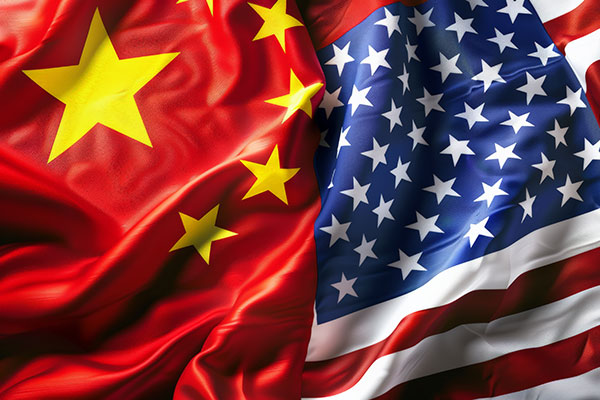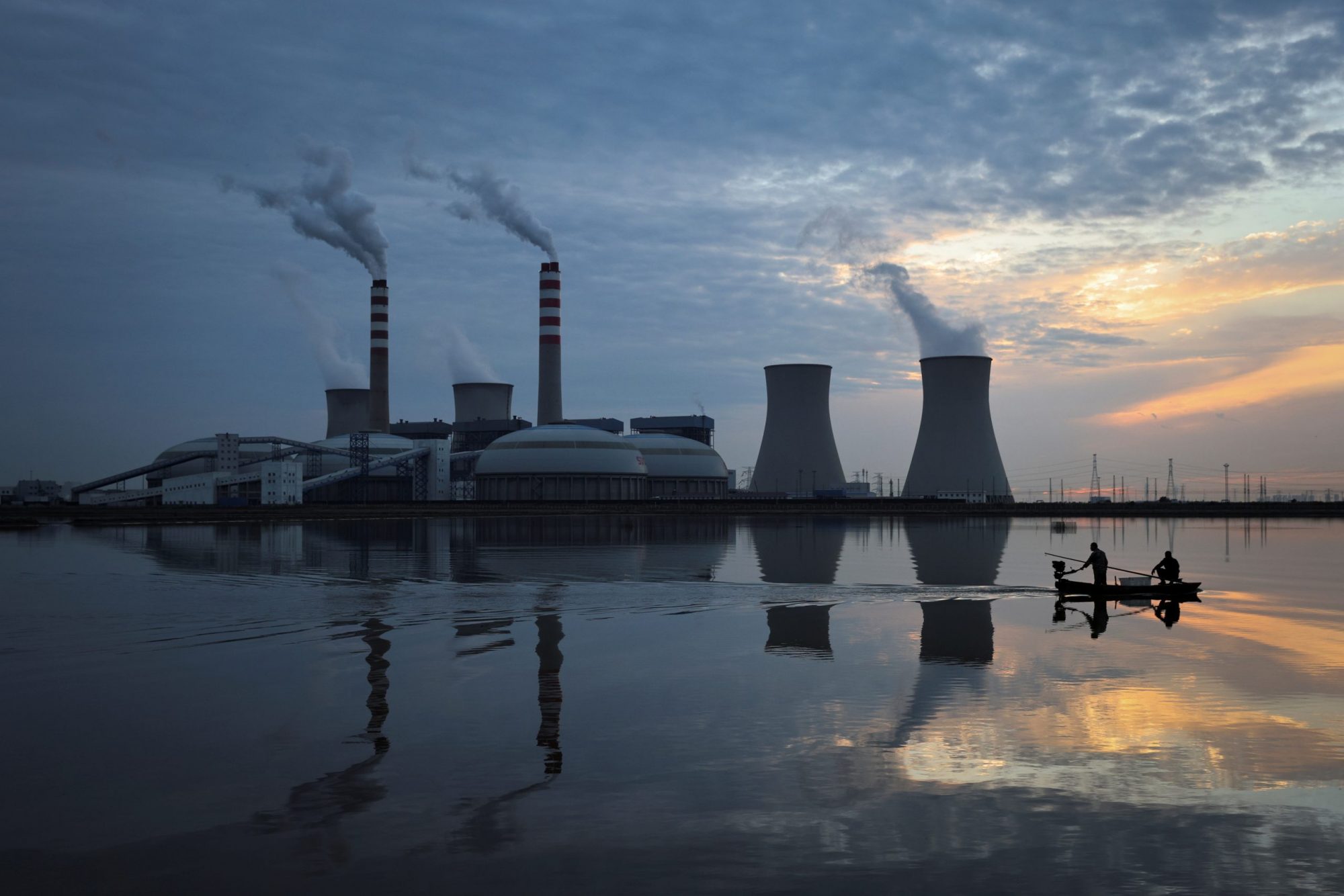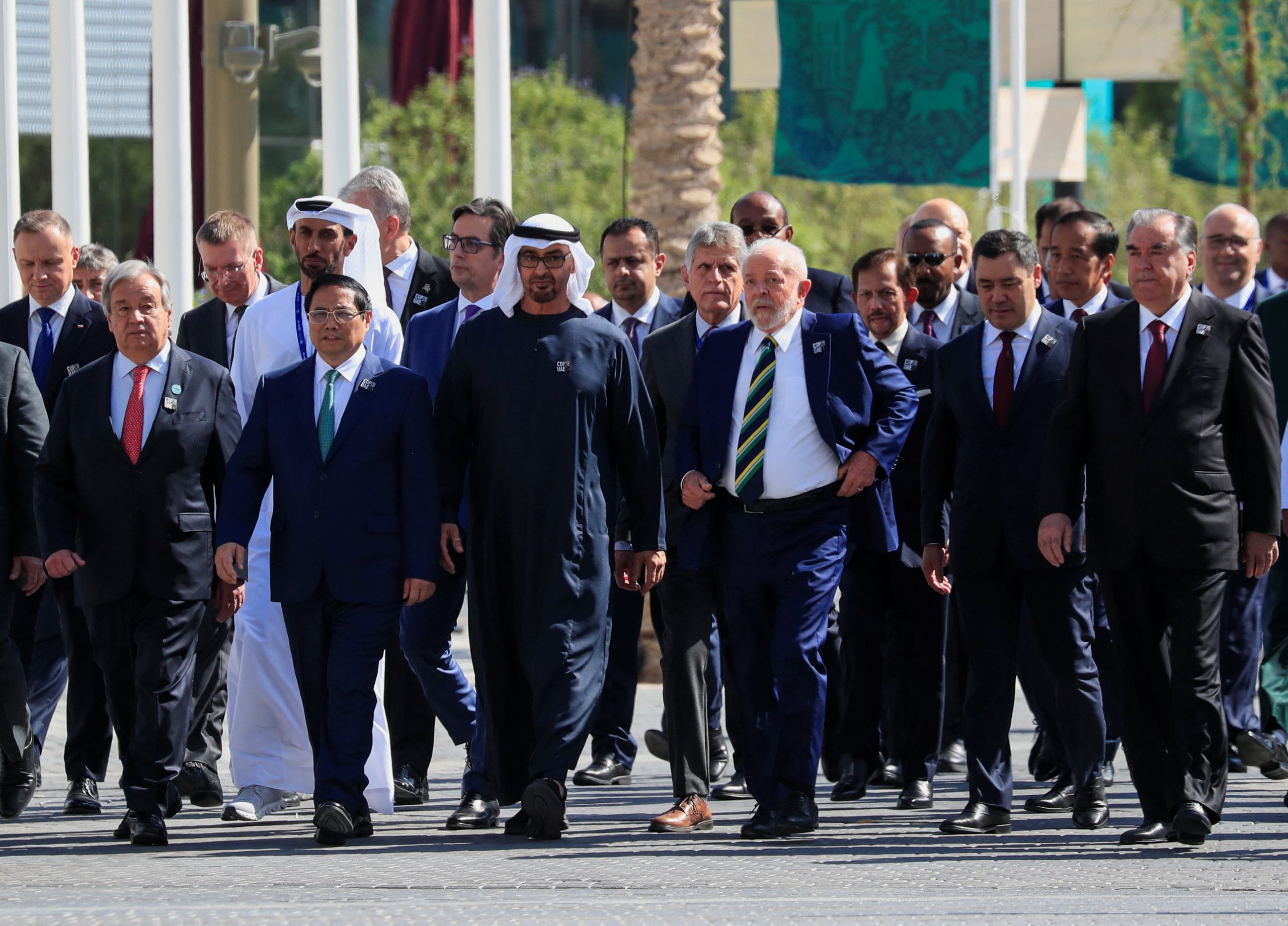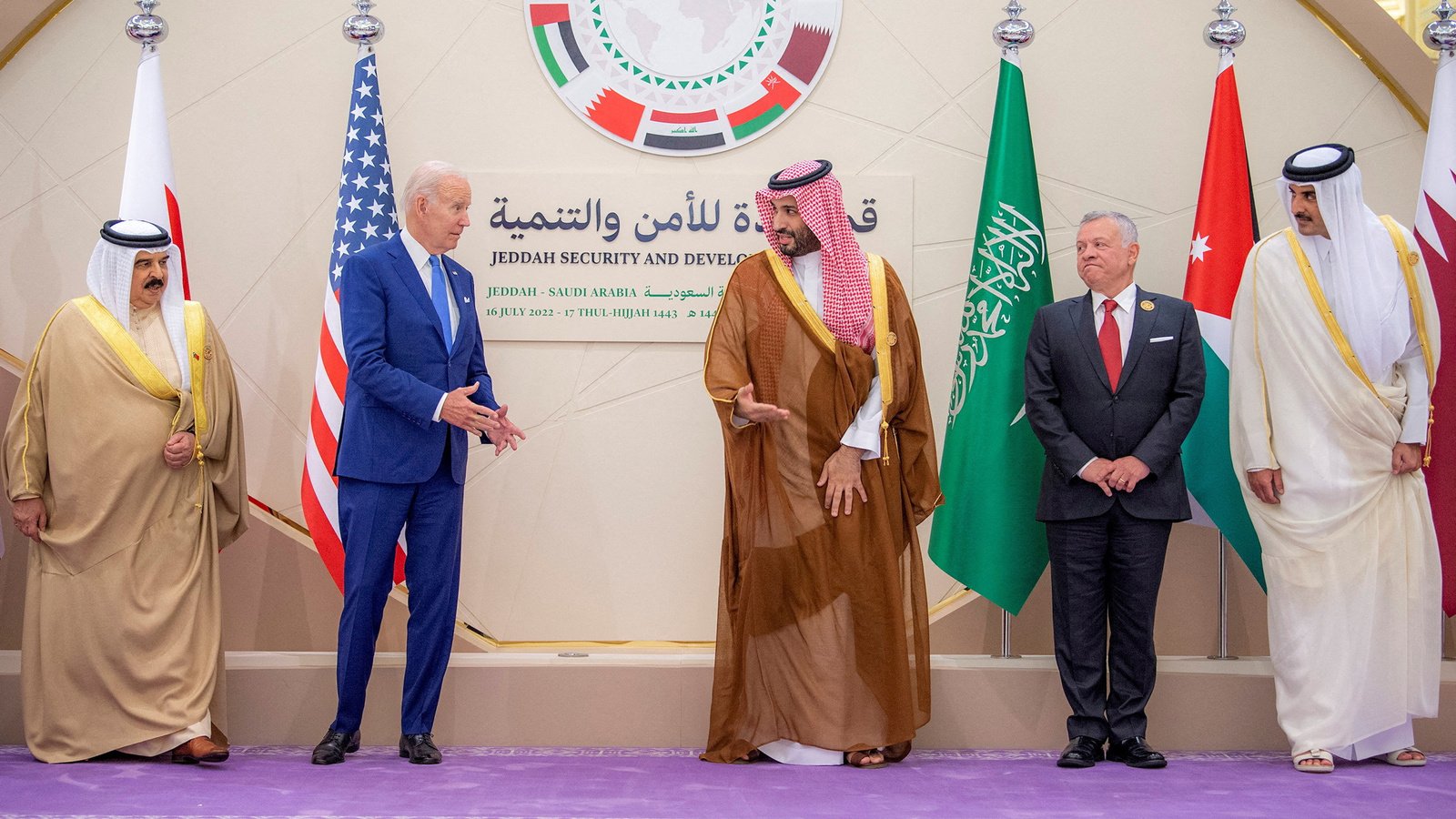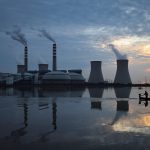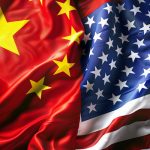Rising Tensions Between the United States and China: What It Means for Global Politics
Introduction The relationship between the United States and China has long been one of the most consequential in global politics,…
Top Headlines
Apple’s Bold Leap into AI-Powered Devices: Redefining the Future of Technology
Introduction Apple has long been at the forefront of technological innovation, but its latest venture into artificial intelligence marks one…
Nvidia and Intel’s $5 Billion Partnership Signals New Era in Semiconductor Competition
In a landmark move, Nvidia has agreed to invest $5 billion into Intel, marking one of the most significant collaborations…
Nvidia and Intel’s $5 Billion Partnership Signals New Era in Semiconductor Competition
In a landmark move, Nvidia has agreed to invest $5 billion into Intel, marking one of the most significant collaborations…
Taylor Swift’s Global Impact: How the Pop Icon is Shaping Music, Business, and Culture
Taylor Swift has long been regarded as one of the most influential artists of her generation, but in recent years,…
Nvidia and Intel’s $5 Billion Partnership Signals New Era in Semiconductor Competition
In a landmark move, Nvidia has agreed to invest $5 billion into Intel, marking one of the most significant collaborations…
Rising Tensions Between the United States and China: What It Means for Global Politics
Introduction The relationship between the United States and China has long been one of the most consequential in global politics,…
Apple’s Bold Leap into AI-Powered Devices: Redefining the Future of Technology
Introduction Apple has long been at the forefront of technological innovation, but its latest venture into artificial intelligence marks one…
More News
Rising Tensions Between the United States and China: What It Means for Global Politics
Introduction The relationship between the United States and China has long been one of the most consequential in global politics,…
Apple’s Bold Leap into AI-Powered Devices: Redefining the Future of Technology
Introduction Apple has long been at the forefront of technological innovation, but its latest venture into artificial intelligence marks one…
Hollywood Under Fire: Celebrity Activism and Its Role in Global Politics
Introduction Celebrity culture has always played a powerful role in shaping public opinion, but in today’s interconnected world, famous figures…
Global Tensions Rise as Energy Crisis Deepens Across Europe and Asia
The world is facing one of the most significant energy crises in decades, with rising fuel prices, supply shortages, and…
Global Leaders Debate Climate Change Policy at United Nations Summit
The United Nations Climate Summit has once again placed the world’s most pressing environmental challenges under the spotlight. Leaders from…
Apple Unveils Next-Generation iPhone 16 Pro with AI-Powered Features
Apple has once again captured the spotlight with the launch of its latest flagship smartphone, the iPhone 16 Pro. Unveiled…

